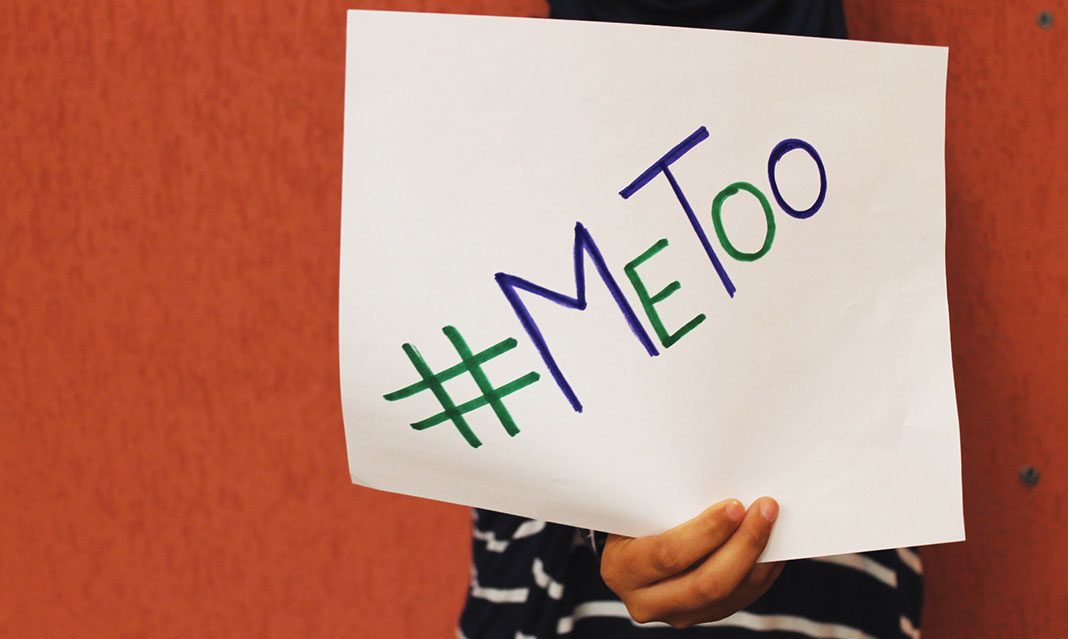Hart House Debates and Dialogue presents Artistic Ethics in an Age of Social Consciousness. In the midst of rising social movements, it is important we discuss how to maneuver in an industry marred by issues of exploitation and discrimination. A group of select panelists ranging from professional curators to artists explored how art has changed, and ought to change in response to ethical questions of racialization, sexual harassment and colonialization.
The panel included Quill Christie Peters, Michele Pèarson Clarke, Georgiana Uhlyarik, Indu Vashist, and Gabrielle Moser, who also served as the moderator. In a discussion where special attention was paid to the MeToo movement and Indigenous decolonization, they addressed questions such as “Is it ethical to celebrate the work of an artist that has been found guilty of sexual assault?” and “How do we decolonize artistic spaces?”
All panelists seemed to voice a common dissatisfaction with the “flawed” workings that currently exist within the art community. Curators are assigned a distinct power to organize and decide the potential effect an art can have on its audience. However, the true purpose of the curator has become lost within the structural hierarchy. This has important implications for the racialized artists who don’t get to work with people who actually understand their art and where they come from. Often in such instances, their art is misrepresented. Michele Pèarson Clarke, a Trinidad-born artist shared how she deals with the lack of representation of curators of color. “From an artist’s perspective, I wonder are you interested in my art or simply me because I check a lot of diversity boxes. I ask curators questions to assess whether they actually care for my art.” In a sense, we like to think we have made progress in racialization of art, but instead, we are fooling ourselves with a fad which makes the dominant group feel satisfied. Indu Vashist indicated the extent of misrepresentation of minority groups: “South Asians are not an ‘it’ group. Out of the three south Asian art exhibits in Ontario, only one is being curated by a Hindu.” One highlighted solution to this problem was white curators should step aside and allow people of color to curate and be responsible for the textural and planning framework behind racialized art.
In this decade of resolutions, we have made great strides to correct the deficiencies of our society. Sadly, decolonization is one of those issues that has taken a backseat to the more popularized ones. It has since become a token topic and should be brought back to discussions of territory and land disputes. Similarly, to racialized art, there is a visible want for more indigenous curators to address real issues of decolonization and not just those brought in for inclusivity. The panel agreed that indigenous curators and people of power must be employed.
The panel then moved on to discuss the more delicate topic of sexual harassment in the art community. Separating an artist from his/her art is a lot harder than it sounds, especially when you consider the several factors involved. Were they convicted? How believable are the allegations? These are just few of the questions faced by the viewer when they contemplate whether they can enjoy an art guilt free.
The panelists agreed that the institutions ought to establish accountability, as often times artists who are alleged to misuse their power continue doing so since there are no direct consequences for their work. Georgiana Uhlyarik said, “Institutions present context for the art and public pressure should be used to change institutional behavior in these matters. There is power in boycotting and social media, but institutions themselves are unlikely to change. If an artist is contempt of sexual harassment, it’s the institution’s responsibility to contextualize the art. By praising these artists as pioneers, the institutions are fostering their behavior. Rather, viewers should be made aware of these allegations and the final choice to view them or not should rest on each individual.”
These issues become more sensitive when the accused are of racialized background or their families are still living. Vashist mentioned that after an acclaimed Indian artist passed away, several people who worked under him shared stories of sexual harassment. The museums displaying his works were faced with the ethical question of presenting his art, while his family objected to the attention paid to the allegations.
Perhaps, it is important to consider why such dilemmas are more prevalent in art compared to other fields. For example, if a scientist were accused, no one would argue for discrediting their findings or theories. Art is different. A lot of what we consume is often backed by institutions who suppress art progression and harmful corporations that partake in unethical practices. “We can’t create binaries; we are all complicit in some ways. It’s complex to navigate in that world of black and white. Simply hope that one day, we will change the landscape. And as an artist or viewer, do your due diligence. Especially, if you’re a new artist, don’t fall prey to the conception that you ought to be grateful—instead look at it more objectively on a case to case basis. Decide for yourself and justify your choices.”



